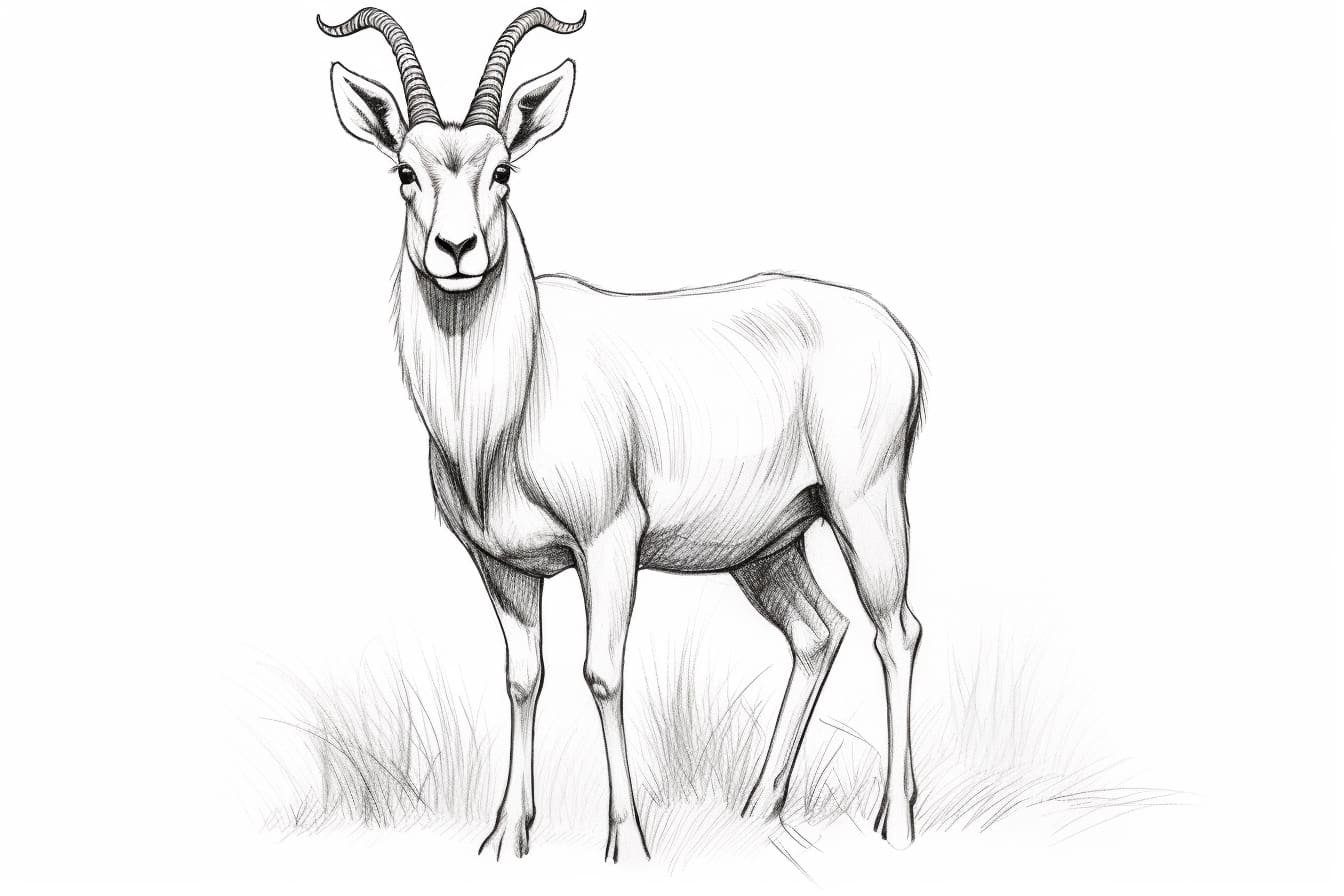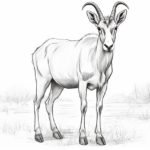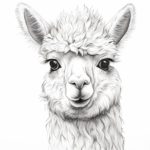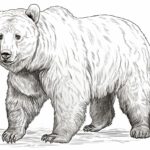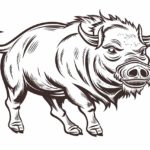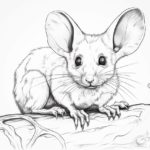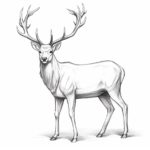Learning how to draw an antelope can be a captivating and rewarding experience for any artist, as these graceful creatures possess a unique and intricate beauty that can be a joy to capture on paper. Their elegant horns, slender legs, and alert expressions provide a wealth of interesting details to observe and interpret through the medium of drawing. In this guide, we will explore the key features and characteristics of antelope that make them such compelling subjects for artistic study, as well as offer tips and techniques to help you bring these majestic animals to life on the page. Whether you are a beginner looking to improve your drawing skills or a seasoned artist seeking inspiration, drawing antelope is sure to be a fulfilling creative endeavor that allows you to appreciate the natural world in a new and artistic way.
Materials Required
To draw an antelope, you will need the following materials:
- Drawing paper or sketchbook
- Pencils (different hardness for shading and outlining)
- Eraser
- Sharpener
- Reference image of an antelope for guidance
- Optional: Colored pencils or markers for adding color to your drawing
With these materials, you can create a detailed and realistic drawing of an antelope.
How to Draw an Antelope: a Step-by-step Guide
Step 1: Gather Your Materials
Start by gathering all the necessary materials for drawing the antelope. You will need a pencil, eraser, paper, and any coloring materials you may want to use.
Step 2: Study Antelope Anatomy
Before you begin drawing, take some time to study the anatomy of an antelope. Pay attention to the proportions of its body, the shape of its head, horns, and legs. This will help you create a more realistic drawing.
Step 3: Start with Basic Shapes
Begin by lightly sketching the basic shapes of the antelope. Use circles for the head and body, and simple lines for the legs.
Step 4: Add Details
Next, start adding details to your antelope drawing. Add the eyes, ears, and nose to the head. Draw the horns and any facial markings the antelope may have.
Step 5: Refine the Body
Refine the body of the antelope by adding more details to the legs and body. Pay attention to the muscle structure and fur texture of the antelope as you draw.
Step 6: Erase Guidelines
Once you are satisfied with the overall shape and details of your antelope drawing, carefully erase any remaining guidelines and rough sketch lines.
Step 7: Add Shading and Texture
To give your antelope drawing depth and dimension, add shading to create shadows and highlights. Pay attention to the direction of light source to make your drawing more realistic. You can also add texture to the fur by using short, quick strokes.
Step 8: Final Touches
Finally, add any final touches to your drawing, such as a background or additional details to make your antelope drawing stand out. Take your time to ensure that your drawing looks polished and complete.
Step 9: Optional Coloring
If you wish, you can also add color to your antelope drawing using colored pencils, markers, or watercolors. Choose colors that are realistic or get creative with your color choices.
Step 10: Practice and Experiment
Drawing animals like antelopes can be challenging, so don’t be discouraged if your first attempt doesn’t turn out perfectly. Practice regularly and experiment with different techniques to improve your skills. Have fun and enjoy the process of creating art!
Conclusion
In conclusion, drawing an antelope requires attention to detail, patience, and practice. By studying the anatomy and unique features of this graceful animal, artists can capture its beauty and essence on paper or canvas. Remember to start with simple shapes, gradually adding more details, and use shading to create depth and dimension. With dedication and perseverance, anyone can master the art of drawing an antelope and bring this majestic creature to life through their artwork.
Fun Facts About Antelopes
- There are over 90 species of antelopes found in Africa and parts of Asia.
- Antelopes are known for their impressive speed and agility, with some species capable of reaching speeds of up to 60 miles per hour.
- Male antelopes often have striking horns or antlers that they use for defense, mating displays, and establishing dominance within their herds.
- Antelopes have excellent eyesight and hearing, which helps them detect predators and navigate their environments effectively.
- Some species of antelopes, such as the impala, are known for their incredible leaping ability, which they use to escape from predators.
- Antelopes are herbivores, feeding on a diet of grasses, leaves, and other plant materials. They play a crucial role in maintaining the balance of ecosystems by controlling vegetation growth.
- Many antelope species live in large herds, which provide protection against predators and allow for effective communication and social interactions.
- The horns of antelopes are made of keratin, the same protein found in human hair and nails. They are periodically shed and regrown.
- Some antelope species, like the wildebeest, are known for their spectacular annual migrations, where they travel long distances in search of food and water.
- Antelopes have a unique adaptation known as the “preorbital gland,” which secretes a substance used for marking territories and communicating with other members of their species.
Suggestions for Scenes and Settings for Antelope Drawings
Of course! Here are some specific suggestions for scenes and settings for drawings of antelope:
- Antelope grazing peacefully in a sunlit meadow with colorful wildflowers in the background.
- A herd of antelope running across a vast, open savanna as the sun sets in the distance, casting a warm golden light.
- An antelope standing gracefully at the edge of a tranquil watering hole, surrounded by lush green vegetation.
- Antelope leaping gracefully over a rocky stream in a rugged mountainous landscape.
- A close-up drawing of an antelope’s intricate horns against a backdrop of swirling desert sands.
- Antelope silhouetted against a dramatic, stormy sky, with lightning flashing in the background.
- A surreal, dreamlike scene of antelope peacefully coexisting with fantastical creatures in a mystical forest.
- Antelope camouflaged among tall grasses in the African plains, blending seamlessly into its natural habitat.
- An artistic interpretation of an antelope in a futuristic, sci-fi setting, with glowing neon lights and sleek, metallic structures.
- Antelope roaming freely in a serene winter wonderland, with snow-covered trees and a soft, snowy landscape.
I hope these suggestions inspire you to create some beautiful and unique drawings of antelope in different scenes and settings!

